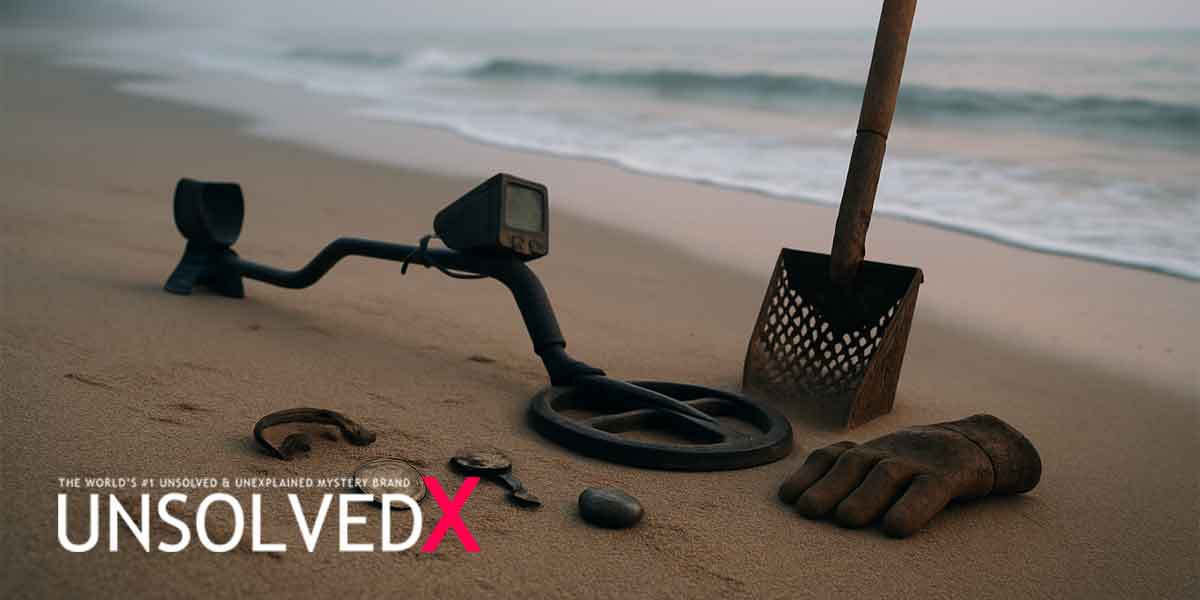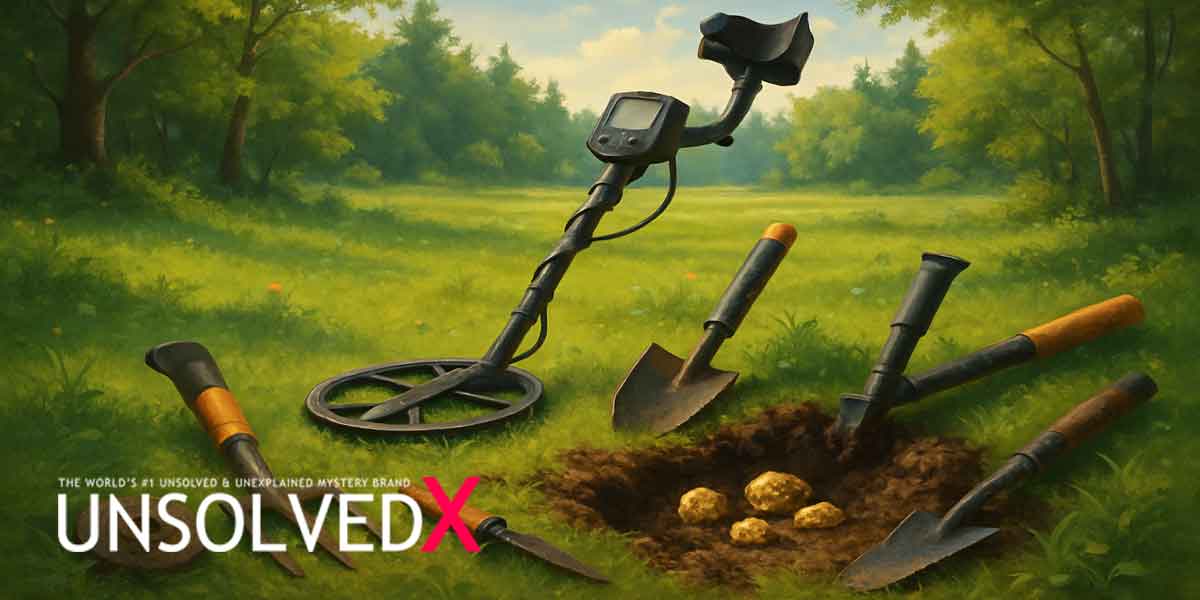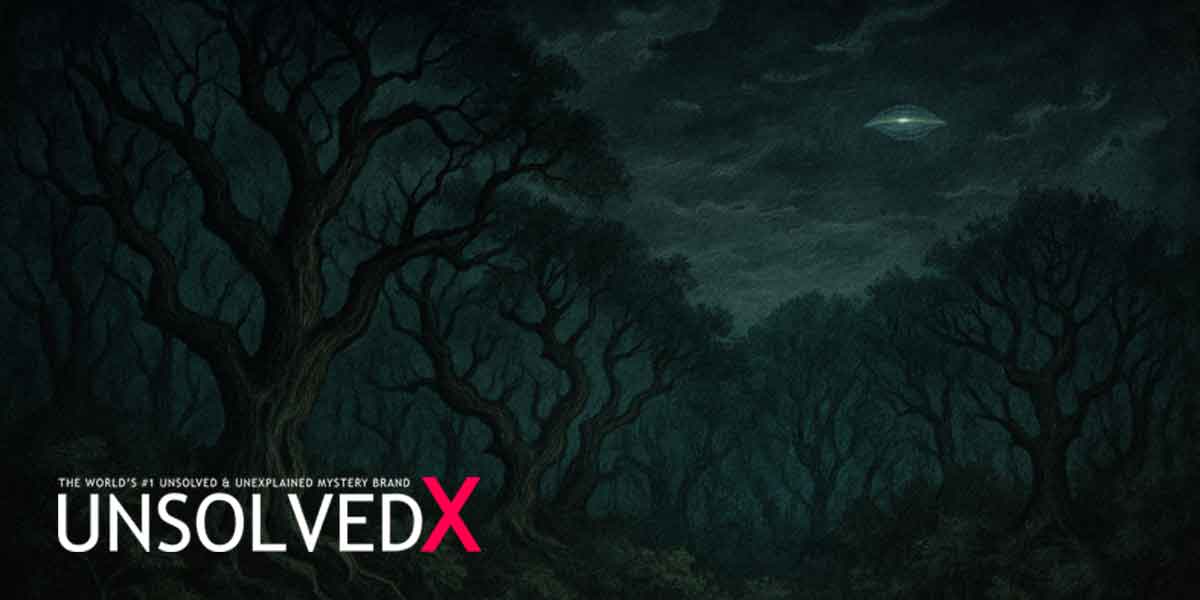Unearthing Treasure with Every Beep
The thrill of metal detecting on a beach is unlike any other pursuit. With each sweep of the detector, you’re not just scanning sand—you’re peeling back layers of time, chasing whispers of lost stories. Beaches are dynamic, constantly reshaped by tides and storms, which makes them prime hunting grounds for treasures both modern and ancient. Unlike inland sites where hoards of coins or relics might lie buried for centuries, beaches offer a chaotic mix of recent losses and historical artifacts washed ashore. For beginners, our guide to metal detecting provides a solid starting point, covering equipment basics and techniques to maximize your finds.
Florida’s Treasure Coast, stretching from Vero Beach to Fort Pierce, is a legendary hotspot due to the 1715 Spanish Fleet disaster. A hurricane sank 11 galleons loaded with gold, silver, and jewels, scattering riches along the shore. Detectorists still find coins and artifacts, especially after storms churn the ocean floor. In 2015, a family uncovered $4.5 million in gold coins near Vero Beach, proving the coast’s enduring allure. But it’s not just Florida—beaches worldwide, from Dubai’s bustling Jumeirah to Los Angeles’ Venice Beach, hold potential. Tourist-heavy shores increase your odds of finding jewelry, coins, or even modern relics lost in the sand.
Navigating the Legal Sands of Beach Prospecting
Before you hit the beach, understanding local laws is critical. In Florida, metal detecting is generally allowed on public beaches between the low tide line and the dune’s toe, but you can’t dig in state park waters or near leased shipwreck sites, like those of the 1715 Fleet. Artifacts over 50 years old belong to the state, and removing them without reporting can lead to fines or confiscation. Check with local authorities or park rangers for specific rules—some areas, like Little Talbot Island State Park, may have looser restrictions, while others, like Canaveral National Seashore, ban detecting outright.
Internationally, the rules vary. Dubai’s public beaches, like Jumeirah and Kite Beach, permit metal detecting, but you’ll need to respect cultural norms and avoid private or restricted areas. In Los Angeles, beaches like Venice and Santa Monica allow detecting, but digging near lifeguard towers or crowded zones is often prohibited. Always carry a small scoop or trowel to minimize environmental impact and fill any holes. Joining a local club, such as the Treasure Coast Archaeological Society in Florida or the Suncoast Research & Recovery Club, can provide insider knowledge on regulations and prime hunting spots.
Tales of Triumph and Tips for Success
Recent finds tell tales of persistence paying off. On Florida’s Treasure Coast, detectorist Jonah Martinez found a dozen silver coins at Wabasso Beach in 2020, likely from a 1698 shipwreck. In Dubai, a hobbyist reported uncovering a gold ring lost by a tourist, returning it for a heartfelt reward. Los Angeles detectorists often recover modern treasures—class rings, watches, or even dental grills—especially after busy holiday weekends. Storms are your ally; they erode sand and expose deeper layers. Hurricane Matthew in 2016 revealed 1930s class rings and old coins along Florida’s coast, showing how nature reshuffles the beach’s secrets.
To boost your success, hunt at low tide when more sand is exposed, and focus on high-traffic areas like boardwalks or beach entrances. Use a waterproof detector, like the Minelab Equinox 800 or Garrett AT Pro, for wading into shallow surf or visit our guide linked above. After a find, handle artifacts carefully—clean them gently and report significant historical items to authorities, especially in Florida. Whether you’re chasing a glint of gold or a piece of history, beach metal detecting is a journey into the unknown, where every beep could unlock a mystery.










Comments
Comments section coming soon!